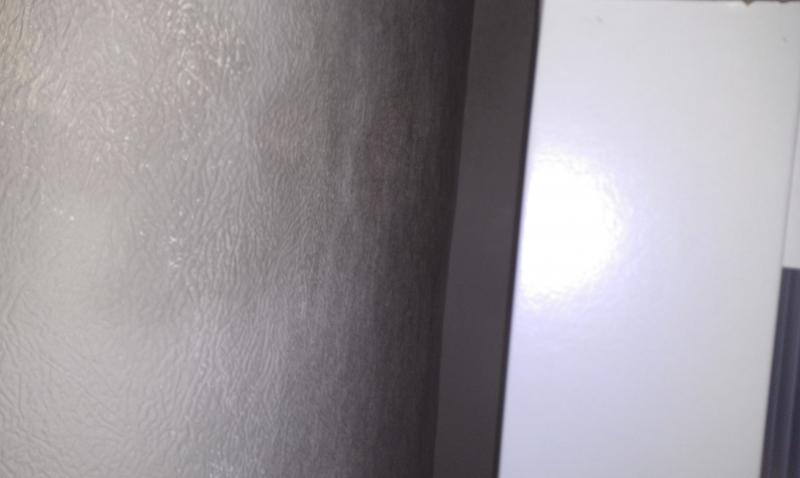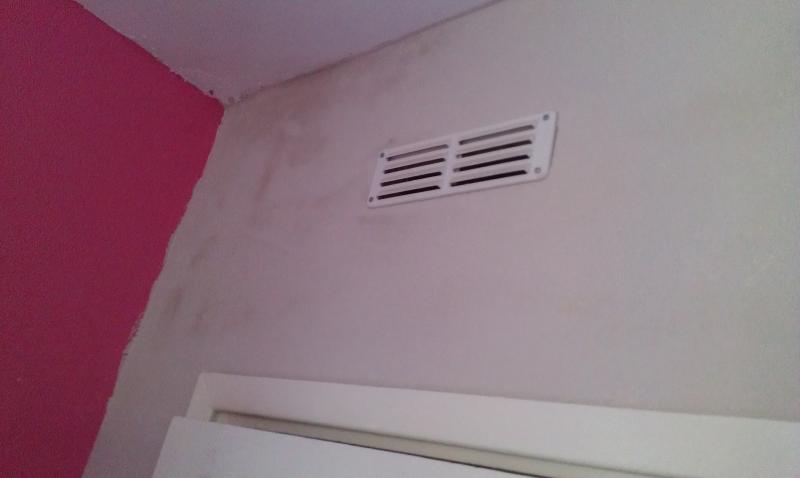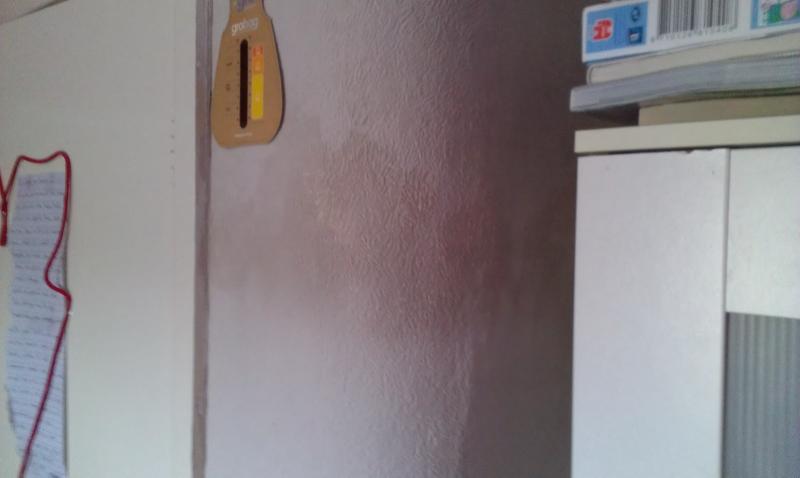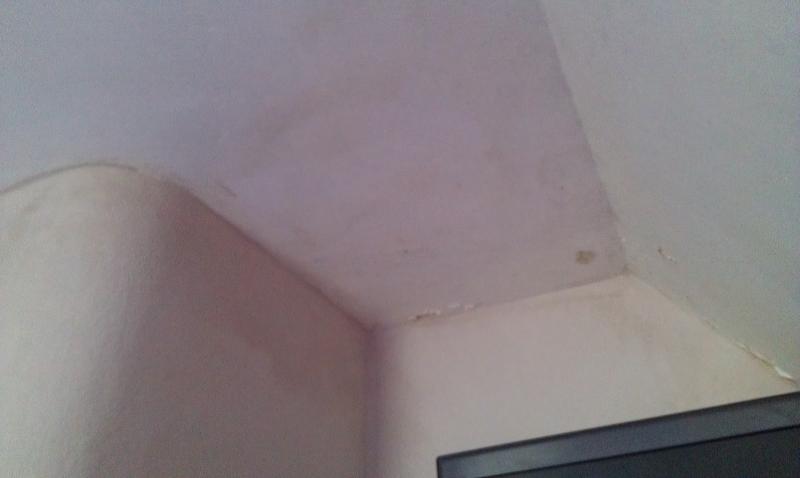Hi,
I own a converted flat on the first floor of a 140 year old railway house. I currently rent the place out, but i recently have had major condensation issues, and ended up forking out getting extra vents etc installed. It has cured the extremely bad mould problem that was there but there are some really bad patches on the old chimney breast.
It may be worth noting that last October, the chimney in question had some major repairs. Some cracked bricks around the top had to be replaced, i paid extra for both flues to have air bricks installed also. The chimney cap was replaced and the whole thing re-flaunched. It has solved the chimney leak, but these patches haven't really improved any. And got darker when the humidity was high. Under the paper it looks as though someone has hacked off the plaster in the past and redone in these places. I'm guessing they didn't use a sand/cement based render before skimming.
Im a competent DIY'er what do i need to do if it is hydroscopic? I'm guessing hack the plaster off in the effected areas, then some sort of render before skimming?
Ideally i need it to be dry, or at least in a state that i can give the chimney breast a coat of matt emulsion, ideally within a week. My tenants are leaving in a few weeks, so i need to get someone in there asap. I'm guessing re papering would be ill advised for some time afterwards.
Any advice would be most appreciated.
Kind regards,
Darren
I own a converted flat on the first floor of a 140 year old railway house. I currently rent the place out, but i recently have had major condensation issues, and ended up forking out getting extra vents etc installed. It has cured the extremely bad mould problem that was there but there are some really bad patches on the old chimney breast.
It may be worth noting that last October, the chimney in question had some major repairs. Some cracked bricks around the top had to be replaced, i paid extra for both flues to have air bricks installed also. The chimney cap was replaced and the whole thing re-flaunched. It has solved the chimney leak, but these patches haven't really improved any. And got darker when the humidity was high. Under the paper it looks as though someone has hacked off the plaster in the past and redone in these places. I'm guessing they didn't use a sand/cement based render before skimming.
Im a competent DIY'er what do i need to do if it is hydroscopic? I'm guessing hack the plaster off in the effected areas, then some sort of render before skimming?
Ideally i need it to be dry, or at least in a state that i can give the chimney breast a coat of matt emulsion, ideally within a week. My tenants are leaving in a few weeks, so i need to get someone in there asap. I'm guessing re papering would be ill advised for some time afterwards.
Any advice would be most appreciated.
Kind regards,
Darren






